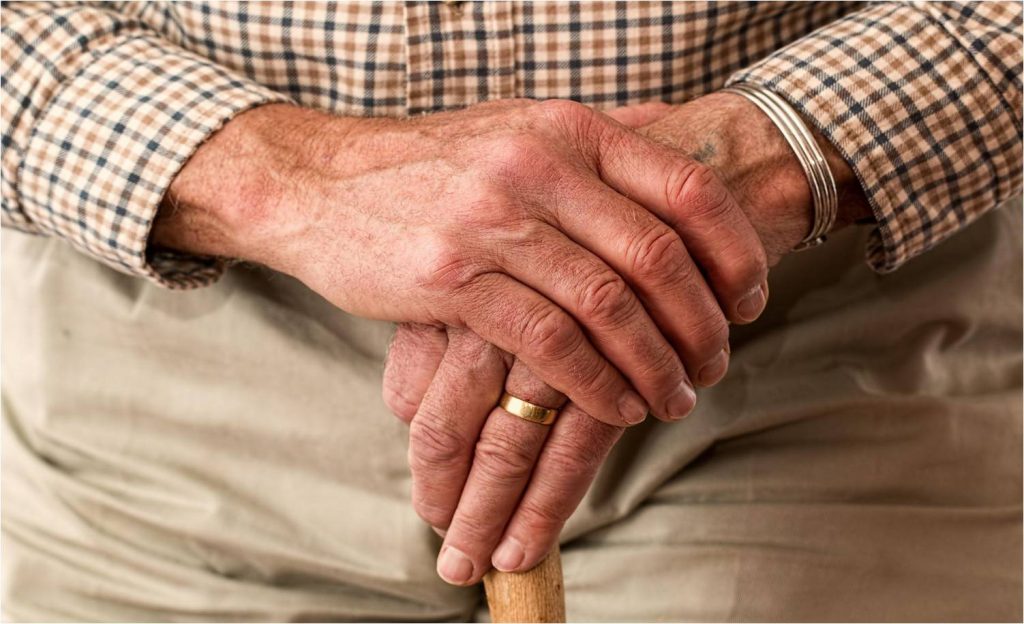You can look younger by reducing the appearance of age spots and wrinkles. The signs mentioned in the following article can be reduced safely with minimal downtime, thanks to dermatology.
Age spots
Age spots can appear in the hands of many adults. As we age, these spots can gradually grow in size and shape.
Possible therapy
- Cryotherapy (freezing).
- Laser procedures
- Chemical peeling of the skin
- Microdermabrasion
- Lotions and creams that have the ability to lighten the skin
Creams and lotions are slower in showing results but cost less.
Rough and scaly patches
You may notice rough patches if you have fair skin and have spent a lot of time outside without any sun protection. Because our hands are exposed to a lot of sunlight, rough patches often develop on our hands. These patches could be precancerous growths called Actinic Keratoses. They are most common in people with fair skin who are aged 40 years or older.
Possible solution:
To learn more about how dermatologists treat AKs, visit Actinic keratoses and take precautions as well.
Do you feel a reddish or rough spot on your skin? To determine if this is an AK, consult a dermatologist. Some AKs can lead to skin cancer.
The loss of youthful fullness
Skin becomes looser and more slender as a result of the aging process.
Possible solution:
To restore fullness, your dermatologist may inject:
- A filler
- Fat from another area of your body
The FDA has approved one filler, calcium hydroxylapatite, to treat the hands. This filler will give you more fullness right away. The effects last from 6 months to one year.
To restore the youthfulness of your hands, you can also use other fillers. Sometimes, a person’s fat is the best option.
A board-certified dermatologist can help you decide what is best for you.
Visible veins
A filler or fat transplant can restore youthful fullness. However, there are some veins that are too large to conceal with a fat transfer or filler. A dermatologist can safely treat large veins if they bother you.
Possible solution:
Laser is the most popular treatment. Your dermatologist will insert a laser fiber into your vein, then fire the laser. The laser will slowly destroy the vein.
Sclerotherapy may be another option. Your dermatologist will inject a substance into the vein during this procedure to kill it. The vein will slowly disappear.
Wrinkly skin
Sunscreen can help prevent wrinkles by protecting your skin. Treatment is available if you don’t apply sunscreen regularly and have wrinkled skin.
Possible solution: Your dermatologist might recommend one or more of these:
- Apply a lotion containing retinol and glycolic acid before going to bed
- Every 1 to 3 Months, light chemical peel
- Laser treatment
The light chemical peel and lotion are often combined to treat wrinkles.
Laser treatment can be an option to reduce age spots. There are also many self-care ideas that you can apply.
Loose skin
Our skin loses collagen, elastin, and other substances that keep it firm and plump as we age.
Possible solution:
Radiofrequency is a treatment that sends heat deep under the skin to tighten loose skin. Most people only need one treatment.
You can tighten loose skin with a filler or laser treatment.
Roughness
Our skin gets drier as we age because it holds less water. This can make your skin feel dry and rough.
Possible solution: To smoothen rough skin, your dermatologist may recommend a mild chemical peel.
It is important to moisturize every day in order to maintain the results of treatment. A dermatologist will recommend a moisturizer. Even a simple hand cream will help a lot.
Brittle nails
Brittle nails affect 20% of the population. Brittle nails are more common in women over 60. However, anyone can get it. Brittle nails can cause lines (or ridges) to appear along with your nails. Your nails may also start to peel off or become broken easily.
Possible solution: To treat brittle nail problems, you need to stop doing all the things that can cause them. Brittle nails can be caused by prolonged exposure to wet hands and the use of harsh chemicals without protective gloves.
Your dermatologist will be able to help you determine the cause of your brittle nails.
Once you have stopped doing the things that are causing your brittle nails, you will need to hydrate your nails, cuticles, and surrounding skin. A moisturizer such as mineral oil or urea cream will be recommended by your dermatologist.
The majority of people apply moisturizer before going to bed. You may need to use a glove made of light cotton after moisturizing. This will help your skin and nails absorb the moisturizing cream.
Many patients find the above helpful in reducing brittle nails. Others may need additional help, such as special nail enamel. Your dermatologist will be able to advise you on the subject of how to treat brittle nails.
Make your hand rejuvenation results last.
You cannot reverse the effects of aging. However, you can make them last longer. Here are the top dermatologists’ recommendations:
Keep your hands safe from the sun.
If you want to keep the results of your treatment, this is crucial. A lot of dermatologists recommend that you wear thin, sun-protective gloves while driving.
- When gardening and cleaning up, use gloves. Your hands can become dry from hot water, detergents, or yard work.
- Moisturize as much as you can. After washing your hands, apply a cream or lotion to your skin. This will help you plump up your skin.
- Make sure to keep appointments for maintenance treatments. Follow-up treatments can be helpful if you have been treated by a dermatologist in your office. You may require another injection if you have had fillers.
Protect your hands from the sun by applying a broad-spectrum, water-resistant sunscreen with at least SPF 30 to your hands each day before you go outside.
Why should you see a dermatologist?
The skill and experience of the dermatologist who performs your treatment will greatly impact the results. It is important to consult a board-certified dermatologist. These doctors have the experience and training to safely perform these treatments. You can be assured that the treatment you choose will work for you, depending on the state of your skin and your overall health.



